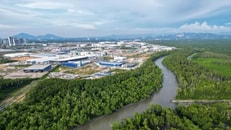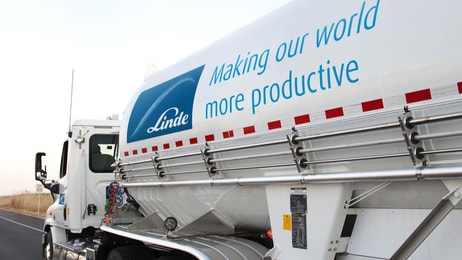Morgan Stanley partners with Climeworks for direct air capture
Morgan Stanley has announced a partnership with Climeworks to remove carbon dioxide (CO2) from the atmosphere through direct air capture (DAC) technology.
Swiss-based leader in DAC technology company Climeworks will help Morgan Stanley offset a portion of its unavoidable emissions through carbon removal.
The CO2 will then be permanently stored underground. “We are thrilled to support Morgan Stanley in their ambition to address climate change. The finance sector can play a pivotal role in scaling solutions that help reduce global carbon emissions,” said Christoph Gebald, co-CEO and co-founder of Climeworks.
... to continue reading you must be subscribed
























